The Best Terpenes for Insomnia
Written by Chris Weatherall on Jul 25, 2024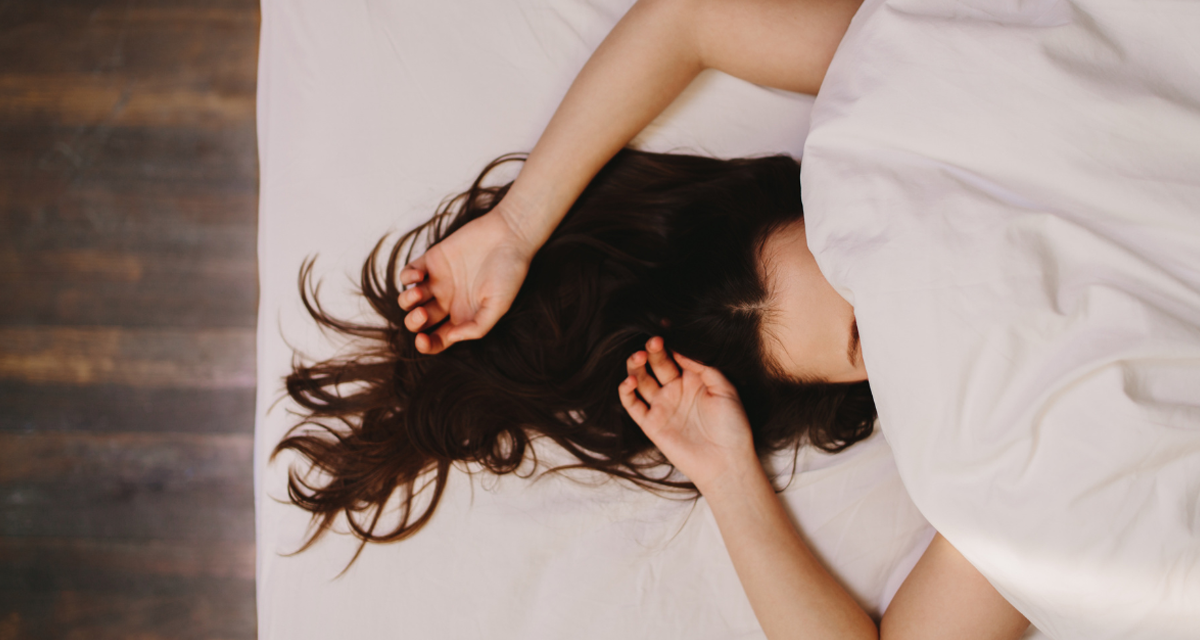
Insomnia (difficulty falling or staying asleep) is a pervasive medical condition, affecting nearly a third of all adults globally. While extremely common, insomnia’s effects can nevertheless be devastating, impacting a person’s daily life in the form of fatigue, reduced productivity, and a negative impact on mood and overall health factors.
While there is no one-size-fits-all cure for this sort of chronic sleeplessness, many people in the modern world turn to cannabis and its relaxing and mood-enhancing properties as an effective balm for insomnia and related symptoms. Various natural compounds found in the cannabis plant, called cannabinoids and terpenes, may help alleviate these symptoms quite effectively for some people.
At Kind Meds of Arizona, we take a holistic approach to cannabis, and that means doing everything we can to inform and educate our community of medicinal and general adult-use cannabis consumers. In that spirit, this blog will help you understand the difference between terpenes and cannabinoids. Then, we’ll zoom in on some of the best terps for helping you maintain a great sleep schedule (as well as which cannabis strains to find them in).
Understanding Insomnia
Before we get started talking about terps, let’s take a moment to develop a better understanding of insomnia. Most people understand insomnia as a medical issue where a person has difficulty sleeping, and that’s a pretty good basic definition. However, there are many years of medical research and study behind the science of sleeplessness already, so human knowledge on the topic and its treatments is fairly advanced.
Let’s review a few key ideas about insomnia and what we know about it:
- Defining Insomnia – Insomnia is usually defined by persistent difficulty falling asleep or staying asleep. In other cases, it can be a more subtle problem where someone fails to achieve a well-rested, restorative feeling despite adequate opportunity for sleep.
- A Prevalent Condition – In our introduction, we already mentioned that a third of adults struggle with sleeplessness. This includes nearly 10% of the global population who is actively suffering from long-term, chronic insomnia at levels that qualify as a bona fide medical condition.
- Different Types of Insomnia – Not all sleeplessness is created equal. Just as insomnia can have a variety of different underlying causes, it also manifests in a variety of forms. These distinctions can include acute insomnia (a single instance or a short-term issue) vs. chronic insomnia, as well as primary insomnia vs. secondary insomnia (insomnia that occurs as a symptom of another issue).
- Symptoms – Insomnia can be challenging to discuss because even within the professional medical community, some refer to it as a symptom of other medical issues, while others may see (or experience) insomnia as a primary issue that stands on its own. In this case, it has its own symptoms, such as difficulty falling asleep, waking up too early, inability to return to sleep (such as after waking up to use the restroom), daytime fatigue, and impaired memory or concentration.
- Underlying Causes – Insomnia and its symptoms can be brought on by a variety of factors, ranging from the obvious to the extremely subtle. These may include:
-
- Biological factors like genetics, neurotransmitter disruptions, chemical imbalances
- Medical conditions like chronic pain, respiratory infection, chronic gastrointestinal discomfort
- Psychological symptoms like stress, anxiety, depression, traumatic events
- Lifestyle factors like excessive intake of caffeine or other stimulants and a poor sleep schedule
- Environmental factors like light, noise, etc.
What’s in a Bud? Cannabinoids vs. Terpenes
Before we move on to the world of terpenes and review the best ones for battling insomnia, it is also important to make sure you understand the difference between terps and other therapeutic compounds present in cannabis, namely cannabinoids.
What Are Cannabinoids?

Cannabinoids – most famously THC (tetrahydrocannabinol) and CBD (cannabidiol) – are the primary active compounds in cannabis responsible for the bulk of the flower’s beloved psychoactive and therapeutic effects. There are many cannabinoids, and some have several forms depending on how the plant is used or processed, but for today’s purposes, we only need to review the major ones.
THC is mostly known for that classic, psychoactive cannabis “high,” whereas CBD is considered non-psychoactive and often sought for its relaxation and anti-inflammatory effects. Both of these primary cannabinoids are believed to have some potential to help people fall asleep, but it’s crucial to remember that everyone’s chemistry and personal relationship with cannabis will be different. Some people actually feel energized by high-THC cannabis, particularly sativa-forward strains.
CBN (cannabinol) is another cannabinoid worth touching on in the context of today’s insomnia blog. While lesser known than THC and CBD, CBN is currently the subject of much research into its potential sedative and sleep-inducing properties, making it noteworthy for those suffering from insomnia.
What Are Terpenes?
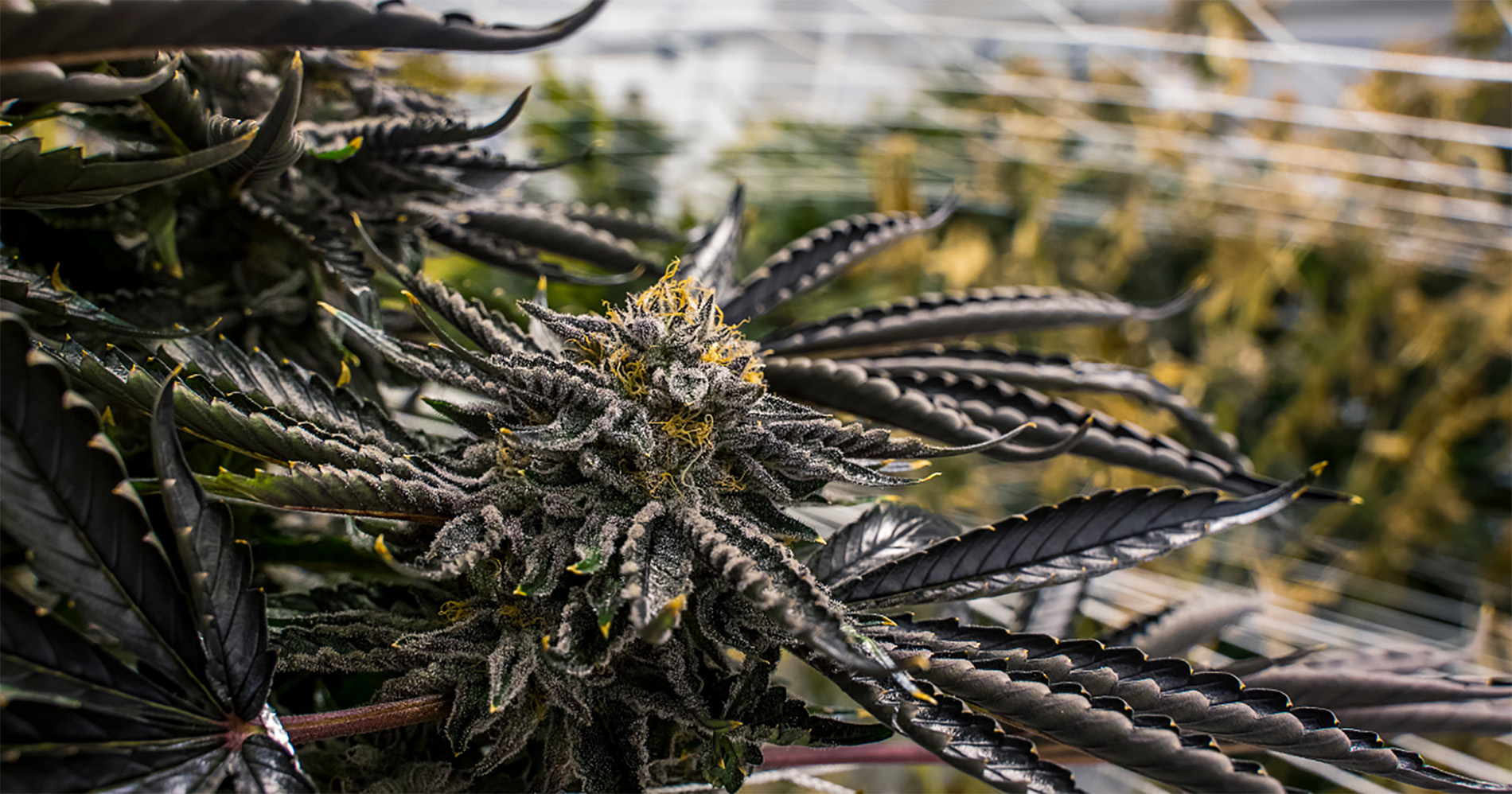
Terpenes are aromatic compounds that give plants their own unique aromas – and, by extension, flavors. They exist within every type of plant, including cannabis, and they offer many protective properties. Many appear to provide anti-pest, antimicrobial, anti-fungal, and even anti-predator properties.
For this reason, terpenes are most renowned for being the aromatic compounds that give cannabis its distinctive smells and tastes. Many people choose strains due to the flavors their unique terpene profile lends to cannabis. However, terpenes also have their own roles to play when it comes to the therapeutic properties of cannabis. This includes terpenes that have been identified as having, or potentially having, sedative and relaxation properties that may make them valuable for those struggling with insomnia.
How Should You Choose Cannabis Strains?
When considering cannabis for anti-insomnia purposes and other medicinal uses, it can be hard to keep all of this straight. You can think of cannabinoids (especially THC and CBD) as the main active ingredients in cannabis, while the terpenes are like additional, synergetic supplements that stack on top of these powerful compounds to elevate and potentiate certain effects.
Shopping Tip: Focusing on cannabis products that are high in both CBN and some of the best terpenes for sleep may give consumers access to a powerful “entourage effect” of all-natural sleepiness-inducing compounds. These products, whether in the form of convenient chewables, discreet vapes, or a classic pre-rolled joint of premium flower, can then be implemented as a helpful supplement in a comprehensive plan to improve sleep hygiene.
The Best Cannabis Terpenes for Insomnia (and the Best Cannabis Strains to Find Them In)
The best way to experience the full glory of cannabis terpenes has traditionally been to use cannabis in raw, whole-flower form. In today’s competitive retail market, however, there are high-end extracts, vape cartridges, and other derivative cannabis products that retain much of the plant’s original terpene profile. Thanks to these products, connoisseurs can enjoy the flavors and benefits of cannabis terpenes without the smell and hassle of smoking.
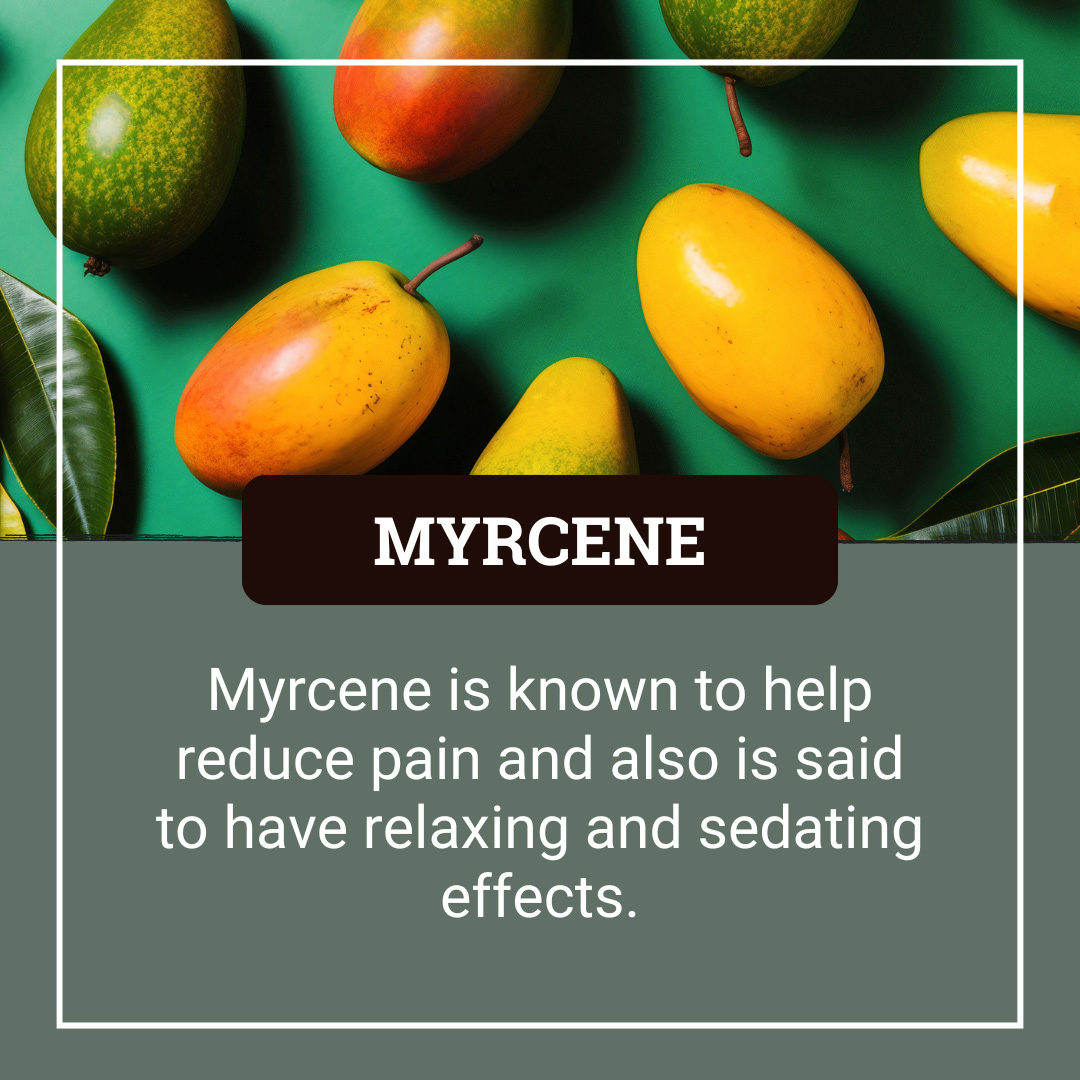
Myrcene
Myrcene, a musky, earthy terpene, is the most abundant cannabis terpene, making up nearly two-thirds of the total terpene profile for some of the world’s dankest strains. Cannabis users and researchers also associate myrcene with sedative properties and restful sleep, making it one of the most interesting terps to look into for those who suffer from chronic insomnia. In addition to being the main powerhouse behind cannabis’s signature bouquet, myrcene can be experienced prominently in cloves.
- Northern Lights
- Grape Ape
- Kush
- Grandaddy Purple
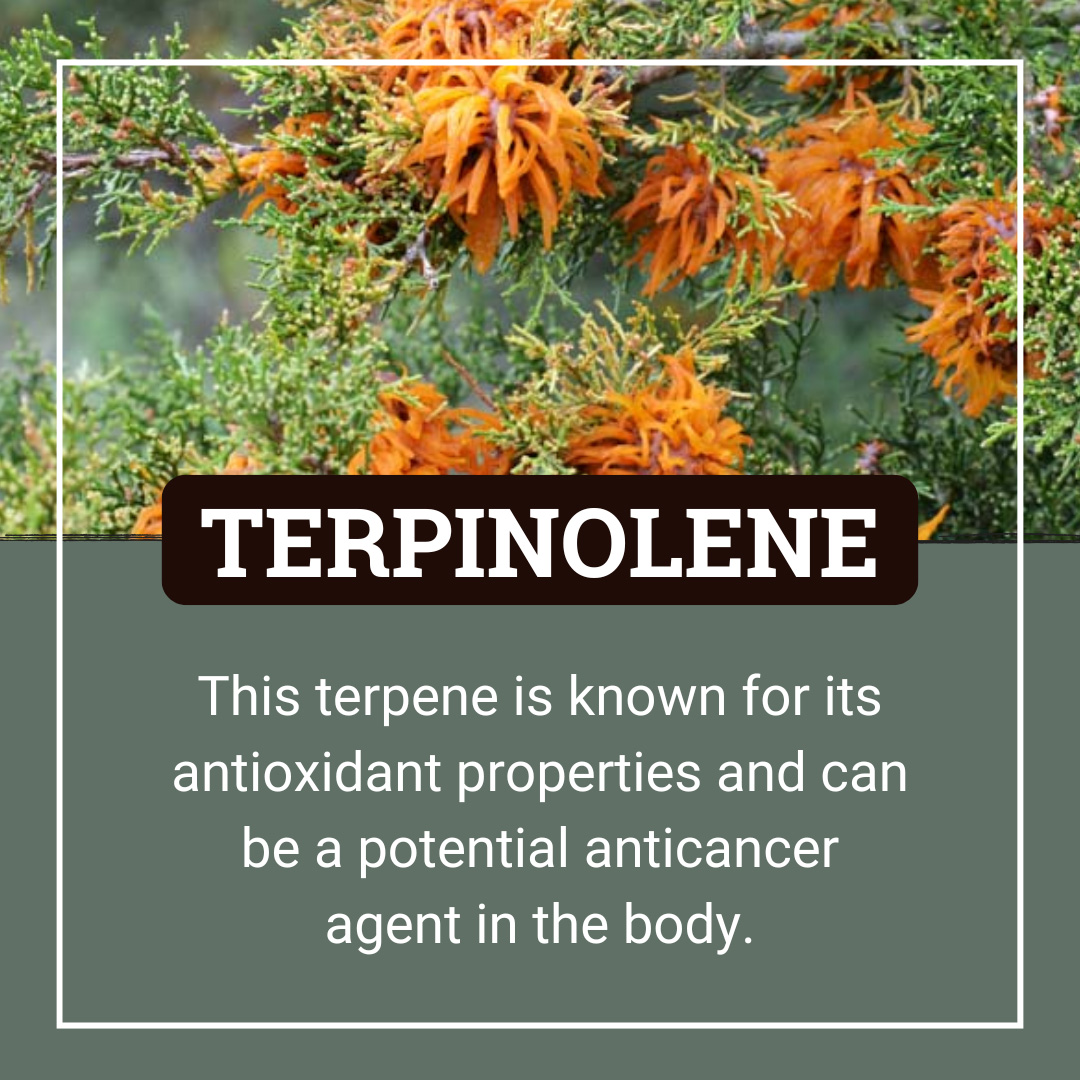
Terpinolene
Terpinolene is a sleeper terpene, and we mean that in more ways than one: it is underappreciated and goes totally unmentioned in most discussions of cannabis terps, and it may also be an effective natural sleep aid. Terpinolene lovers swear by its ability to help calm hyperactive mental states, making it easier to unwind at the end of a challenging day and eventually fall into a deep and restful sleep. Terpinolene has a fresh and almost piney aroma, somewhat comparable to its pinene, but sweeter and earthier – think apples, nutmeg, and florals.
- Sensi Amnesia
- Super Lemon Haze
- Durban Poison
- Golden Pineapple
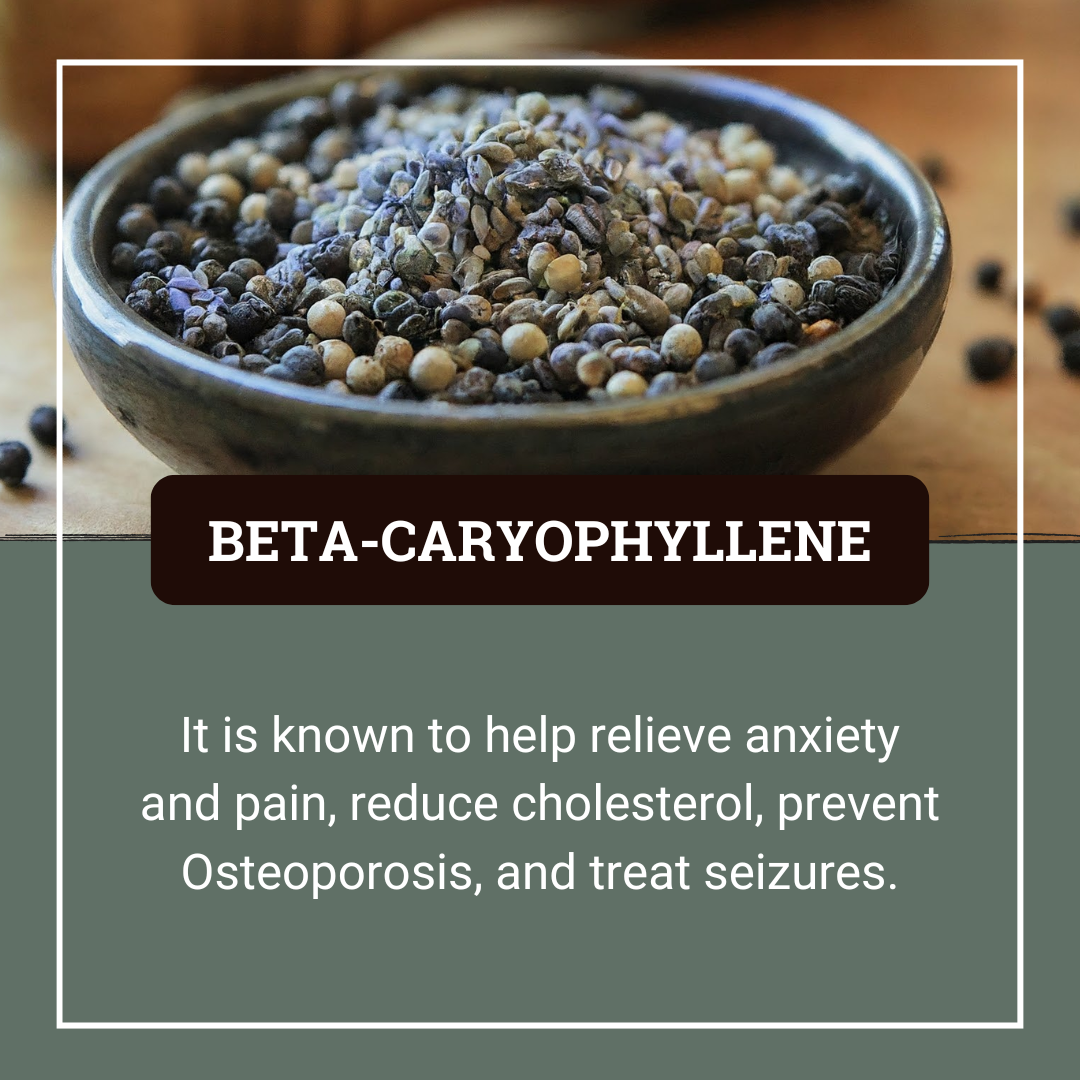
Beta-Caryophyllene
While beta-caryophyllene might be tricky to get your tongue around, it’s a powerful sensory treat for the nose and taste buds, lending its spicy vibes to black pepper, cloves, and cinnamon, in addition to some top-shelf cannabis strains. Beta-caryophyllene is also unique among terpenes as it can actually bind to cannabinoid receptors in the body, lending it terpene and cannabinoid-adjacent properties. It has known anti-inflammatory and analgesic properties, meaning it could potentially help folks whose insomnia is linked to chronic pain.
- Gelato
- Sour Diesel
- Girl Scout Cookies
- Super Silver Haze

Nerolidol
Nerolidol is an underappreciated cannabis terpene that has been linked to a vast list of potential therapeutic benefits, including antimicrobial, anti-parasitic, anti-oxidant, anti-inflammatory, skin-penetrating, and even anti-cancer properties. It has a woody, earthy aroma and, like many other cannabis terpenes, has been associated by some users with gentle sedative properties. In addition to cannabis, nerolidol can be found in some of our other favorite natural smells, such as ginger and tea tree.
- Jack Herer
- Skywalker OG
- Bubba Kush
- Blue Dream

Linalool
Linalool is renowned among cannabis aficionados and aromatherapy proponents alike, thanks to a relaxing floral aroma (think lavender). Linalool is believed to be another effective terpene for bedtime, having been linked to stress relief and general anti-anxiety effects. This is all in addition to its famously calming aroma.
- Amnesia Haze
- Scooby Snacks
- Zkittles
- LA Confidential
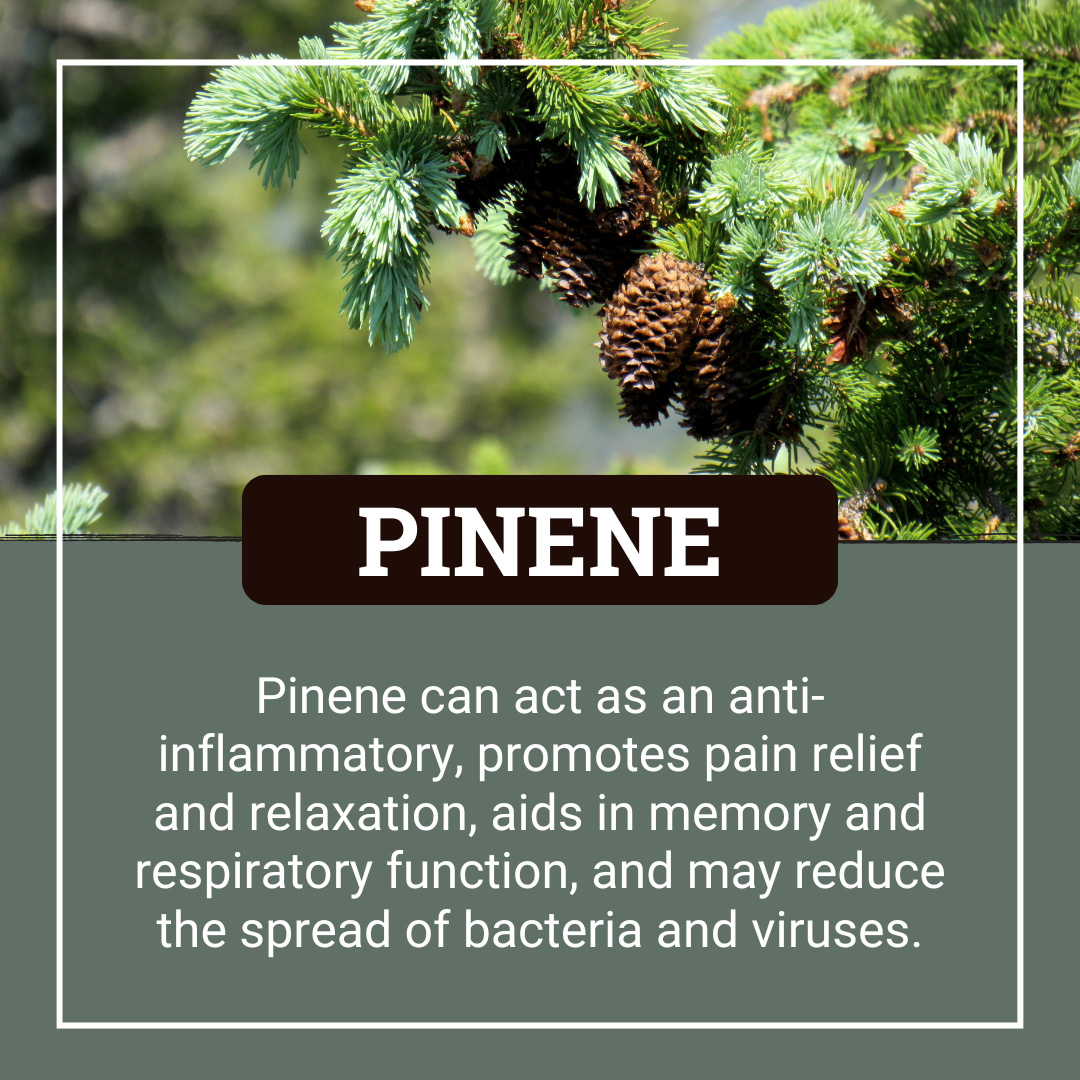
Pinene
Pinene, as its name might suggest, is the terpene that gives pine needles and pine cones (as well as rosemary and some other herbs) that fresh yet zesty vibe. In therapeutic applications, pinene is well known for its anti-inflammatory properties and. It may exhibit anxiety-reducing effects for some people. Both of these properties may lead to higher-quality sleep.
- Harlequin
- Island Sweet Skunk
- Grape Ape
- Cannatonic
Cannabis Terpenes: One Key Piece of a Holistic Sleep Hygiene Routine
There are hundreds of different terpenes in cannabis, and many of the most prevalent (and most pleasant-smelling) ones are believed to have therapeutic properties that may be useful to folks struggling with insomnia or unhealthy sleep patterns. Integrating cannabis into a sleep hygiene regimen has already helped many people. Focusing on sleep-boosting terpenes may make this practice even more effective.
It’s crucial to remember that terpenes (and cannabis in general) are just one part of a healthy sleep hygiene regimen.
Be sure to implement other necessary changes into your routine, such as:
- Establish a consistent sleep schedule.
- Develop calming pre-sleep rituals, such as reading, meditating, bathing, or perhaps even a bit of cannabis if it suits you.
- Upgrade to more comfortable pillows and consider a new mattress.
- Optimize your sleep environment by making sure your bedroom is dark, quiet, and at a temperature you like.
- Limit screen time before bed.
- Eat mindfully – avoid heavy meals, stomach-upsetting foods, caffeine, and excessive alcohol close to bedtime.
- Get more exercise during the day.
- Limit or eliminate napping if you believe it is interfering with your ability to sleep at night.
- Use an app or pen-and-paper sleep diary to journal your sleep patterns and identify disruptions.
By experimenting with different terpenes and their effects and then integrating cannabis strains that are high in your favorite terpenes into a comprehensive sleep routine, you may unlock a world of therapeutic effects that goes beyond what can be achieved with cannabinoids alone. When terpenes and cannabinoids are stacked effectively, the ensuing “entourage effect” may be able to improve your sleep quality substantially. You may then reap the various health, emotional, and social benefits that can come with a great sleep schedule.
Kind Meds: Arizona’s Top Boutique Cannabis Dispensary

At Kind Meds dispensary in Mesa, we are dedicated to providing our community with a diverse array of high-quality cannabis products, including those with beneficial, sleep-inducing terpenes, to help you achieve the restful night’s sleep you deserve.
If you’ve had enough sleepless nights and you’re ready to see what cannabis terpenes may do for you, please visit our Mesa-based dispensary and talk with a friendly and knowledgeable member of our team. We would be happy to help you select some great cannabis products to meet your unique goals and needs.
Sources:
- Advanced Medicine Inc. (n.d.). The best terpenes for insomnia. Retrieved June 10, 2024, from https://www.drweng.com/blog-post/the-best-terpenes-for-insomnia
- Modern Canna Labs. (n.d.). The difference between terpenes and cannabinoids. Retrieved June 10, 2024, from https://moderncanna.com/terpene/the-difference-between-terpenes-and-cannabinoids/
- Ozark MMJ Cards. (n.d.). The best terpenes for sleep. Retrieved June 10, 2024, from https://www.ozarkmmjcards.com/the-best-terpenes-for-sleep/
- Finest Labs. (n.d.). Terpenes for sleep: Does it help & which strain to choose?. Retrieved June 10, 2024, from https://finestlabs.com/terpenes-for-sleep/
- Cleveland Clinic. (n.d.). Insomnia. Retrieved June 10, 2024, from https://my.clevelandclinic.org/health/diseases/12119-insomnia
- Russo, E. B. (2019). The case for the entourage effect and conventional breeding of clinical cannabis: No “strain,” no gain. Frontiers in Plant Science, 9, 1969. https://doi.org/10.3389/fpls.2018.01969







